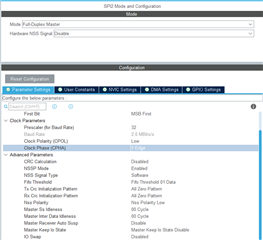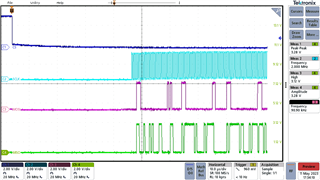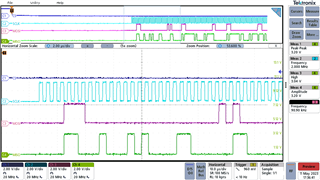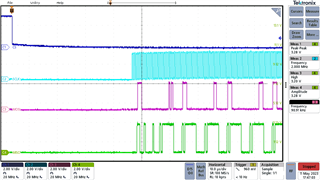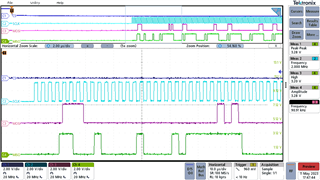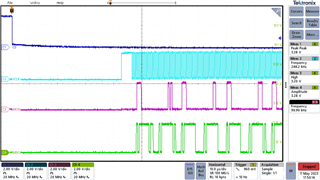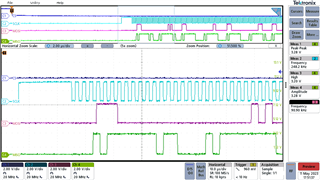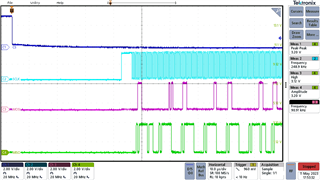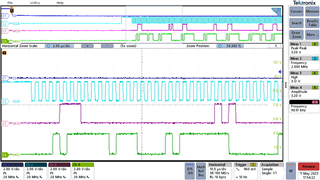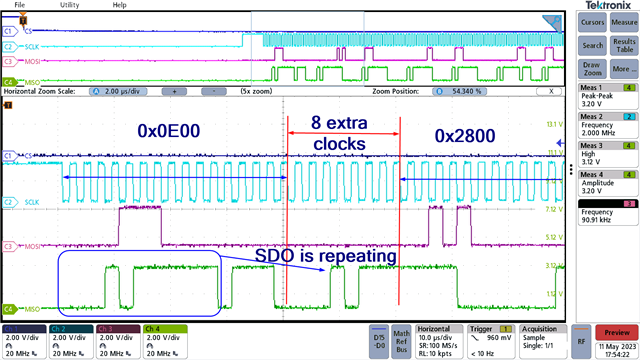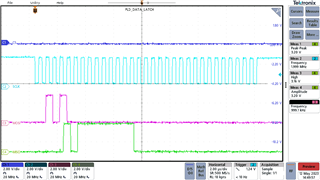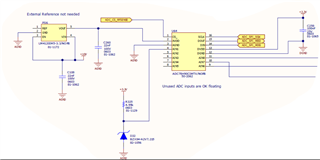Hi Ti Expert,
We are using ADC78H90 ADC to one of our important product line.
The interfacing of ADC78H90 to STM32H723VGT6 MCU over SPI communication is not working properly.
This is a showstopper for our R&D. Could you please kindly do the needful to support us to resolve the same?
Kindly let me know what information you need it.
We can have a online call also if needed.
Thanks.
Snehashis


